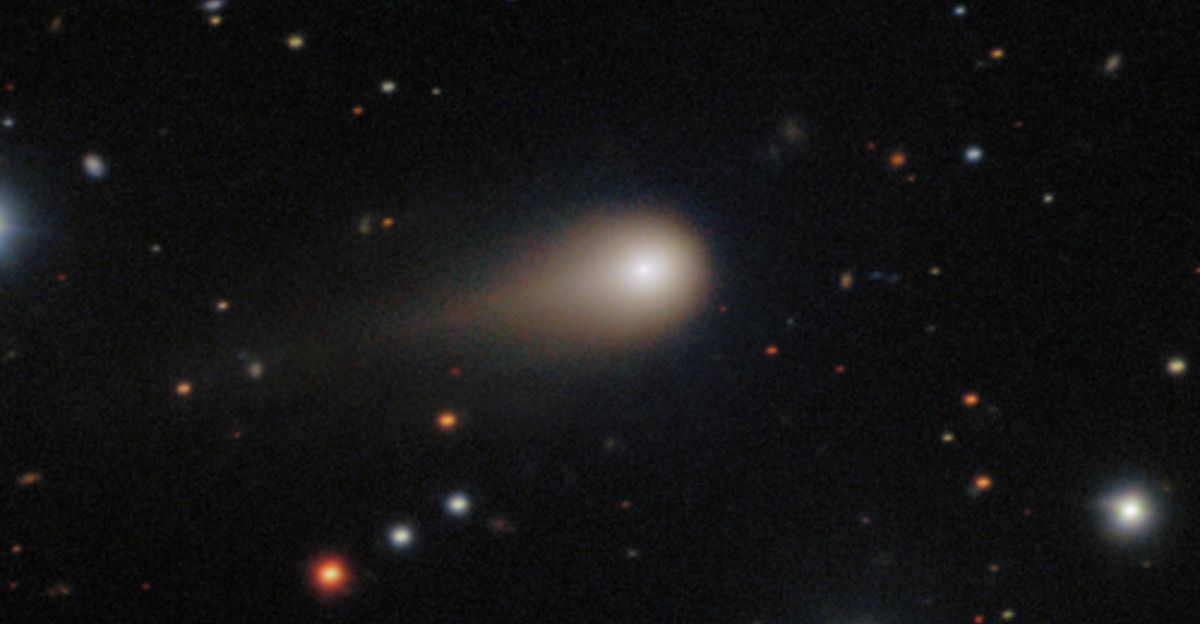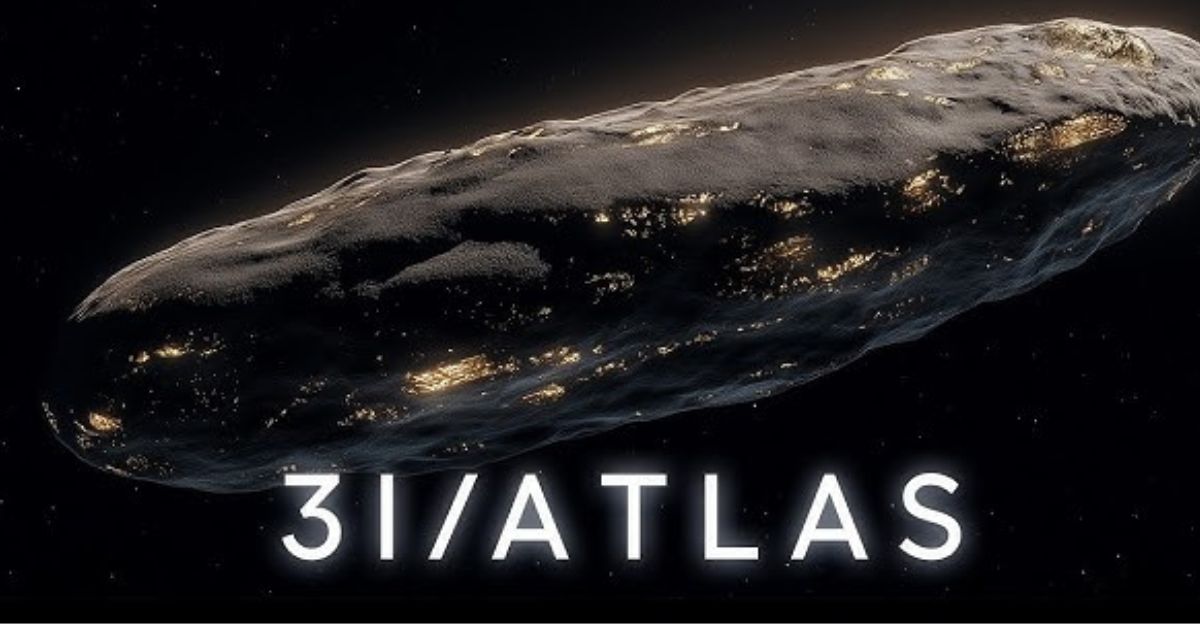
On July 1, 2025, astronomers in Chile detected a rare and extraordinary object racing through the solar system at 140,000 miles per hour. This interstellar visitor, named 3I/ATLAS, was only the third confirmed object from beyond our solar system, following the discoveries of ‘Oumuamua in 2017 and Borisov in 2019. Roughly the size of Manhattan, 3I/ATLAS offered scientists a fleeting chance to study the chemistry and origins of material formed around distant stars billions of years ago.
Discovery and Scientific Opportunity
The ATLAS telescope’s initial detection quickly revealed that 3I/ATLAS was not bound to the Sun—it would pass through the solar system once and never return. Unlike its enigmatic predecessor ‘Oumuamua, which puzzled scientists with its asteroid-like appearance, 3I/ATLAS displayed a classic cometary tail of gas and dust. This made it an ideal target for telescopes worldwide.
Throughout July and August, NASA’s Hubble Space Telescope and the James Webb Space Telescope captured detailed images and spectra. Hubble constrained the comet’s nucleus to below 3.5 miles wide, while Webb detected an unusually high carbon dioxide-to-water ratio—eight to one, compared to the typical one-to-one ratio seen in solar system comets. This suggested 3I/ATLAS originated in a very different environment, possibly near another star. As the comet approached the Sun, it developed a striking “anti-tail”—a dust feature pointing toward the Sun—adding to its scientific intrigue.
Government Shutdown Halts Progress

Just as 3I/ATLAS neared its closest approach to Mars on October 3, the U.S. government entered a shutdown after Congress failed to pass a budget. The shutdown, which began on October 1, forced 85% of NASA’s workforce to stay home, shuttered public websites, and locked away critical data. NASA’s Mars spacecraft had captured close-up images of the comet on October 2, but these remained inaccessible, as only essential staff were permitted to maintain spacecraft operations.
The shutdown’s impact was felt acutely at NASA’s Goddard Space Flight Center in Maryland, where major missions like Hubble and Webb are managed. Internal communications revealed that staff were called in only to secure equipment, and concerns grew that the shutdown could be used as a pretext for permanent facility closures. The disruption extended beyond 3I/ATLAS, affecting all ongoing NASA science.
International Response and Scientific Setbacks

While NASA was sidelined, other space agencies pressed ahead. China’s Mars orbiter photographed 3I/ATLAS on October 3, revealing a bright nucleus surrounded by a cloud of gas. The European Space Agency’s Mars spacecraft conducted chemical analyses between October 1 and 7, publishing its findings openly in November. Japan also announced plans for future observations. With NASA unable to share its data, American scientists found themselves relying on international results for discoveries they had hoped to lead.
The urgency was heightened by the comet’s rapid journey. Every day lost to the shutdown meant missed opportunities to observe 3I/ATLAS during its most active phase. The comet’s unusual chemistry and behavior—such as its rapid brightening and blue hue, indicating intense gas release—remained only partially understood. Multiple observatories confirmed the presence of water, despite the dominant carbon dioxide composition in its coma.
Public Frustration and Political Pressure
The lack of information from NASA fueled speculation and conspiracy theories online. High-profile figures, including celebrities, publicly demanded answers. NASA responded to some public queries, assuring there was “no threat” from the comet, but scientists like Harvard’s Avi Loeb expressed frustration at the lack of communication. Loeb and others noted that while European and Chinese agencies shared their data, NASA’s silence left a vacuum filled by rumor and doubt.
In late October, Florida Congresswoman Anna Paulina Luna formally requested the release of NASA’s 3I/ATLAS data, emphasizing the importance of transparency and accountability. She specifically asked for the Mars images and any records of unusual activity. NASA replied that legal restrictions during the shutdown prevented data release, but promised to make all information public once the government reopened.
Shutdown Ends, Science Resumes

After 43 days, the U.S. government funding bill passed the Senate on November 10, 2025, and was signed into law on November 12, ending the longest government shutdown in American history. NASA faced a significant backlog, with missions delayed and partnerships strained. Scientists warned that the lost weeks during 3I/ATLAS’s closest approach could never be recovered, representing a permanent gap in the record of this rare interstellar visitor.
Looking Ahead

3I/ATLAS will make its closest approach to Earth on December 19, 2025, at a distance of 269 million kilometers, and will remain visible through large telescopes into May 2026. NASA’s Juno spacecraft is scheduled to observe the comet near Jupiter on March 16, 2026, before it leaves the solar system forever. The episode has raised pressing questions about the vulnerability of scientific research to political disruptions, and whether the next interstellar visitor will face similar obstacles—or if lessons learned will help safeguard future discoveries.